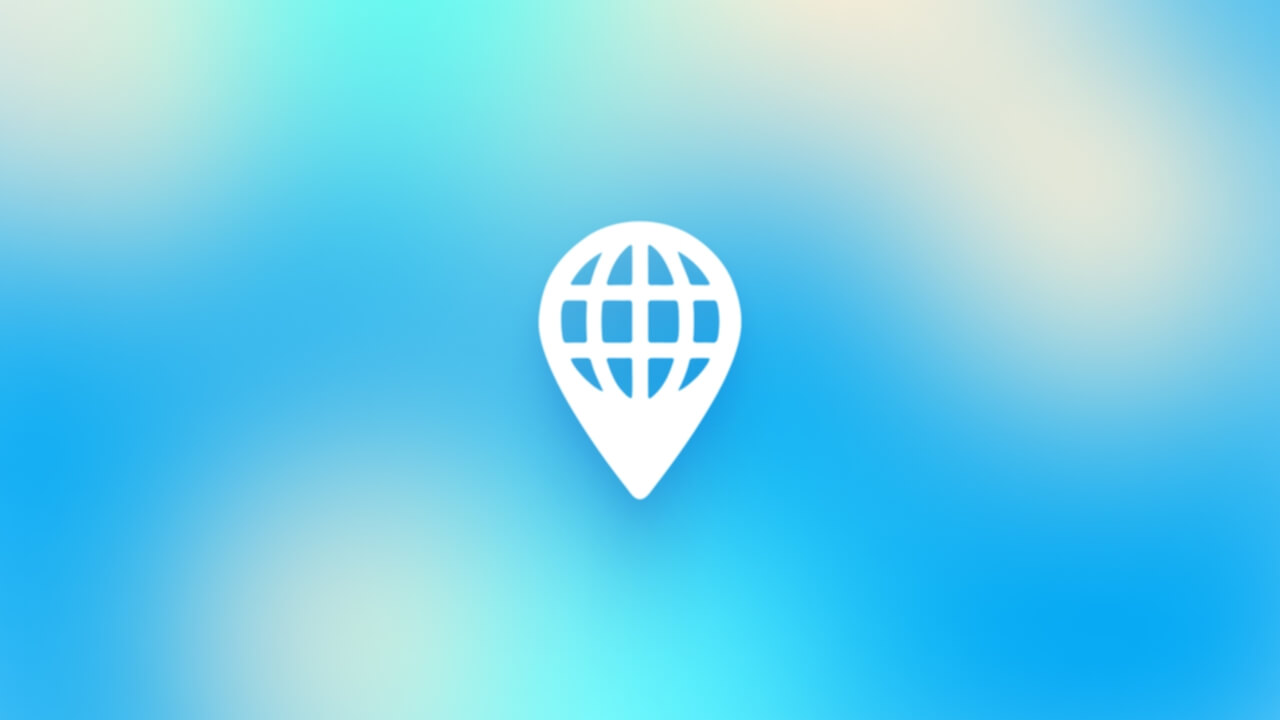Open Graph meta tags

Open Graph meta tags are indispensable for presenting your content on social media in the best possible way.
They ensure that when your pages are shared, they come with a catchy title, description and image.
While most people know the basic tags, such as og:title and og:image, there are more Open Graph tags that can make your content stand out in an even better way.
In this article, I’ll take a closer look at the different Open Graph meta tags and how you can use them to increase your visibility and engagement on social media.
Here is a list of the most common Open Graph tags you can use to optimize the presentation of your pages on social media:
og:title
This is the title of your page specifically for social media. This title may be different from your meta title for SEO purposes. Make it relevant and catchy to generate more clicks.og:description
This description is displayed below the title and should briefly but powerfully explain why users should click on your link. It is your chance to hold the user’s attention.og:image
The image that is displayed when your page is shared. This is one of the most important Open Graph tags because visuals are often the first thing that gets noticed on platforms such as Facebook and LinkedIn. Make sure the image is high quality and matches your content.og:url
This is the canonical URL of the page you want to share. This prevents platforms from using incorrect or abbreviated URLs.
In addition to the basic Open Graph tags, there are also more specific tags you can use to further optimize your content, depending on the type of content you share:
og:type
With this tag, you specify the type of content being shared. The most common values are:website: For general web pages.article: For blog posts or news articles.video.movieorvideo.other: For videos.
og:locale
This tag specifies the language and country of your content. For example, for the Netherlands, this would be:htmlCode copy<meta property="og:locale" content="nl_NL">This is useful when targeting a specific language area.og:site_name
This is the name of your website, and it helps reinforce the branding of your site. It is usually displayed next to the title in the preview.-
og:image:widthandog:image:height
These tags specify the dimensions of the image you have set inog:image. This helps platforms display the image correctly without distortion or poor resolution. For example:htmlCode copy<meta property="og:image:width" content="1200"> <meta property="og:image:height" content="630"> og:video
When sharing a video, this tag allows you to specify the video URL. This will embed the video in the shared post on platforms that support it.og:audio
For audio content, such as podcasts,og:audioallows you to add a link to your audio file so that it displays properly when you share the content.
Here is an example of how to implement Open Graph meta tags in the <head> of your HTML page:
<head>
<meta property="og:title" content="Waarom Open Graph Tags Belangrijk Zijn voor SEO">
<meta property="og:description" content="Leer hoe je Open Graph meta tags kunt gebruiken om je content beter te laten presteren op sociale media.">
<meta property="og:image" content="https://www.jouwwebsite.com/images/voorbeeld.png">
<meta property="og:url" content="https://www.jouwwebsite.com/voorbeeld">
<meta property="og:type" content="article">
<meta property="og:site_name" content="JouwWebsite">
<meta property="og:locale" content="nl_NL">
<meta property="og:image:width" content="1200">
<meta property="og:image:height" content="630">
</head>
Open Graph meta tags ensure that your content always looks its best when shared on social media. This is important because attractive, well-presented content is more likely to be shared, which in turn leads to more traffic to your website. In addition, it gives you control over how your brand is presented on different platforms.
Key advantages:
- Improved visibility and engagement: A well-optimized Open Graph view increases the likelihood that users will click on your shared content.
- Consistent branding: You have control over how your brand and content look on different social media.
- Better user experience: Attractive, well-presented content enhances the user experience and gets your content shared.
Conclusion
Implementing Open Graph meta tags correctly is essential for optimizing how your content is displayed on social media.
Using the right tags – from og:title to og:locale – makes your content stand out and drives more interaction and traffic to your website.
While these tags do not directly affect your SEO rankings, they do contribute to an improved user experience and can significantly strengthen your social strategy.






